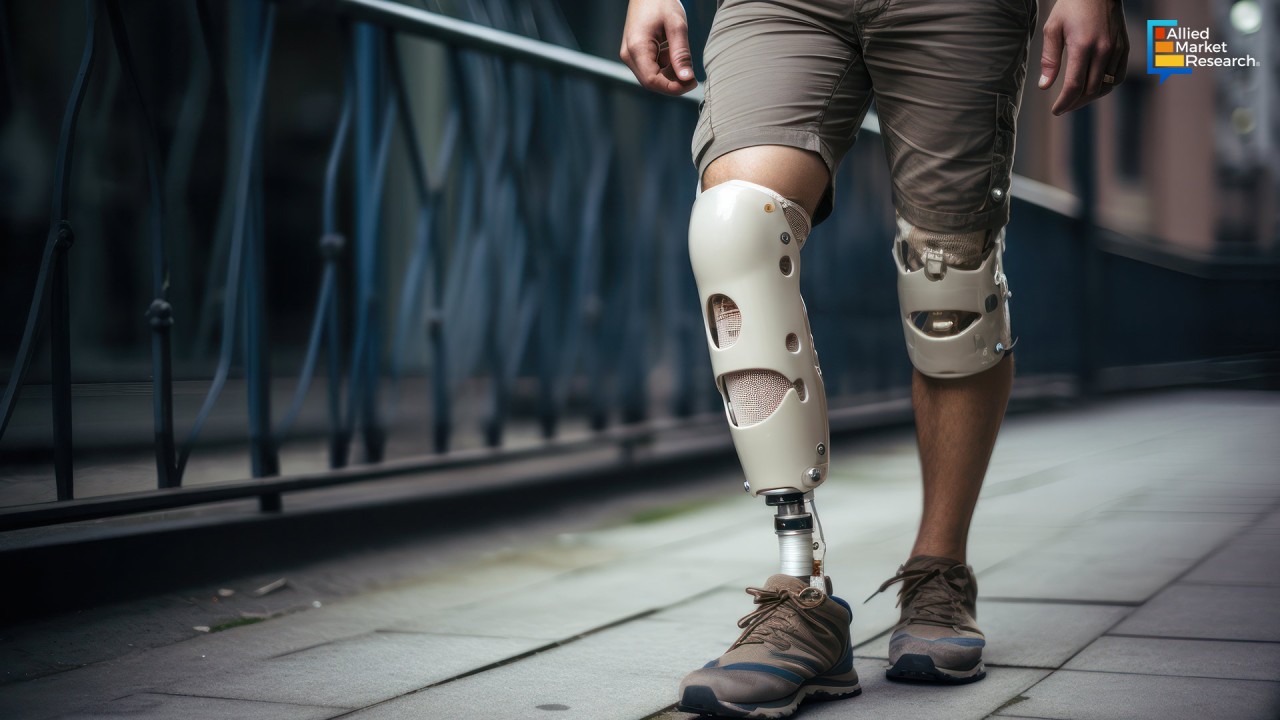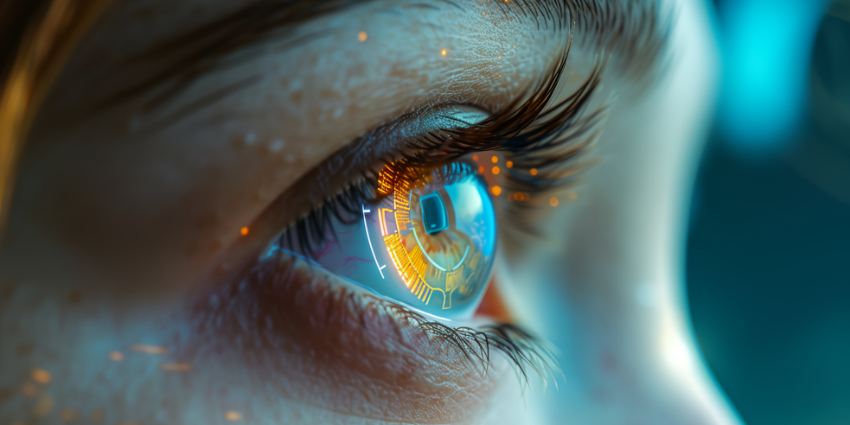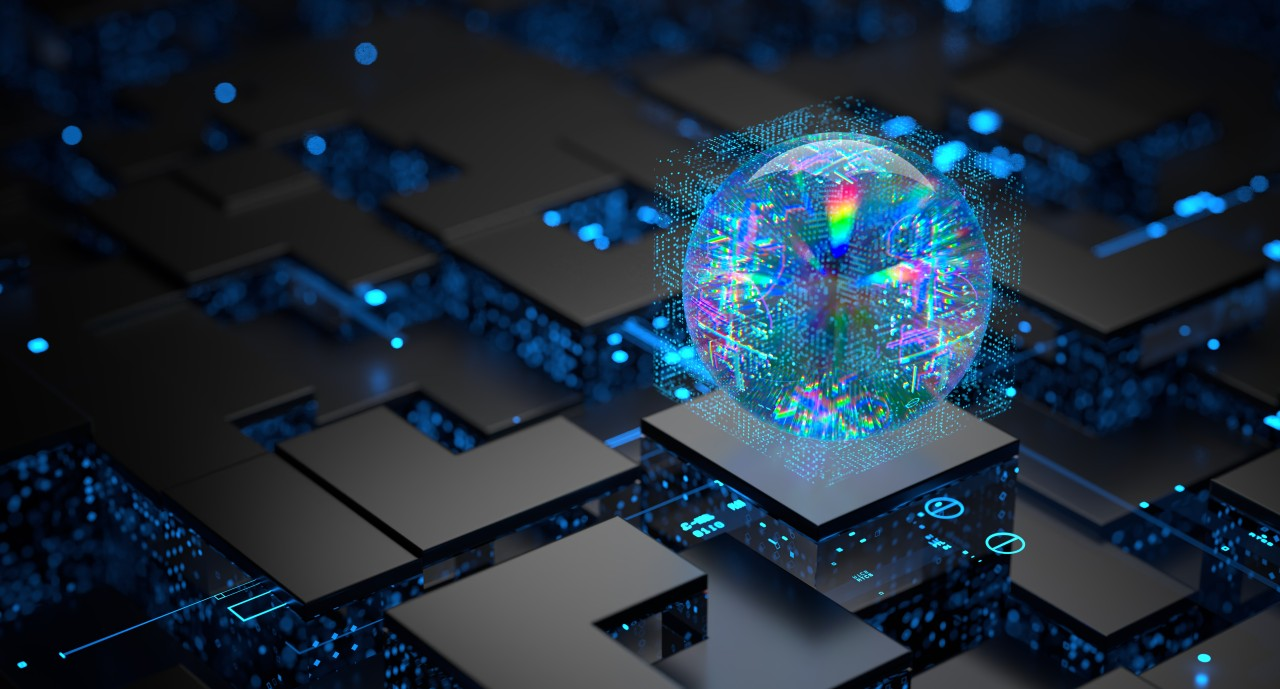Artificial intelligence (AI) is transforming the field of prosthetics, offering individuals with limb loss unprecedented levels of mobility and control. Modern AI-driven prosthetic limbs utilize advanced sensors and machine learning algorithms to interpret electrical signals from muscles and nerves, enabling more natural and intuitive movements. For instance, the Utah Bionic Leg employs AI to provide powered assistance during walking, standing, and climbing stairs, significantly reducing the effort required by users . Similarly, the RYO bionic hand developed by Kawatek Co., Ltd. in Osaka replicates 95% of natural hand motions, allowing users to perform delicate tasks with precision .
Beyond movement, AI integration is enhancing the sensory experience of prosthetic users. Researchers are developing systems that provide haptic feedback, enabling users to sense pressure, texture, and temperature through their prosthetic limbs . This sensory feedback is crucial for tasks that require fine motor skills and for improving the overall user experience. Additionally, innovations like the AI vision-enabled pediatric prosthetic hand are making advanced prosthetics more accessible and affordable for children, utilizing 3D printing and machine vision to assist with precise grasping tasks .
Despite these advancements, challenges remain in making AI-powered prosthetics widely accessible. High costs, limited production, and the need for specialized training can hinder widespread adoption . However, ongoing research and development aim to address these issues, striving to create more affordable and user-friendly solutions. As AI continues to evolve, its integration into prosthetic technology holds the promise of significantly improving the quality of life for individuals with limb loss, making advanced mobility solutions more attainable for all.




